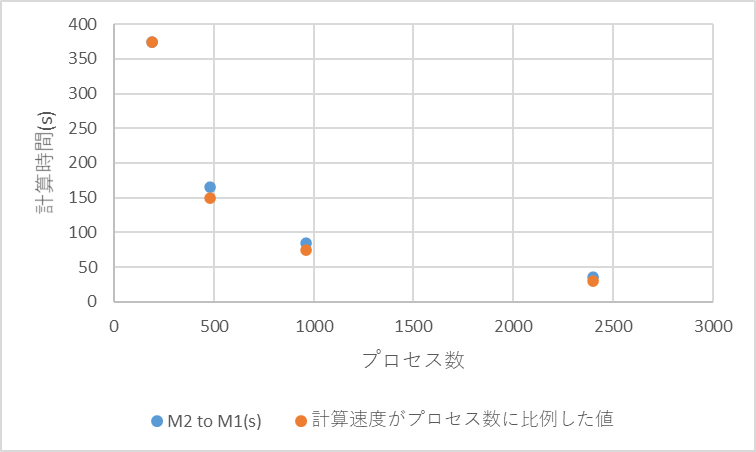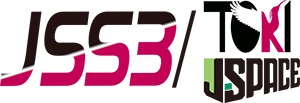Requirement analysis for LiteBIRD's optical system
JAXA Supercomputer System Annual Report February 2024-January 2025
Report Number: R24EDU20199
Subject Category: Space and Astronautical Science
- Responsible Representative: Tadayasu Dotani, Professor, Institute of Space and Astronautical Science, Department of Space Astronomy and Astrophysics
- Contact Information: Ryo Nagata(nagata.ryo@jaxa.jp)
- Members: Yusuke Itai, Ryo Nagata, Shugo Oguri, Hayato Takakura
Abstract
LiteBIRD is a strategic large-class satellite currently being prepared by the JAXA Institute of Space and Astronautical Science. The LiteBIRD satellite will have a wide-field reflective telescope with thousands of detectors and conduct observations over a wide frequency coverage from 34 GHz to 448 GHz. The observations aim to precisely measure the polarization of the cosmic microwave background (CMB) to search for traces of the early universe's inflationary period. The main systematic error factor is radiation leakage from the Galactic plane. For this reason, it is essential to understand its beam characteristics (antenna patterns) accurately.
In the 2024 fiscal year, we started investigating antenna patterns using physical-optics electromagnetic field simulations. The propagation of electromagnetic waves emitted to the primary and secondary mirrors from beam sources placed at the focal plane is sequentially calculated from the near field to the far field to construct a simulation model sufficient for comparison with actual measurements. We also continued our previous systematic error analysis activities, such as a preliminary investigation into the error propagation of cross-polarization. This project will make science results obtained by LiteBIRD more reliable.
Reference URL
Please refer to 'LiteBIRD: Lite (Light) satellite for the studies of B-mode polarization and Inflation from cosmic background Radiation Detection.'.
Reasons and benefits of using JAXA Supercomputer System
The surface of our telescope scale-model antenna is about 200mm, while the wavelength of light at 140GHz is 2.14mm. The higher the frequency band, the finer the grid division of the mirror surface must be, and the amount of calculation increases rapidly. If the number of divisions per side is doubled, the scale of calculation increases by the fourth power, so it is expected that it will not be possible to keep the calculation time within a realistic range on a standalone PC. We plan to use the parallel processing capabilities of JAXA's supercomputer to deal with such diverging computational demand.
In the simulation, electromagnetic field distribution produced by the incident electromagnetic wave is evaluated at each grid point on the mirror surface, and the beam characteristics in the far field are obtained by a complex integration of the electromagnetic field emitted from the surface. Dividing the calculation of the electromagnetic field contribution for each observation point and source point among many processes with MPI parallelization, we significantly improve the scalability of the calculation. The numerical computing resources accumulated in JSS are needed to perform such simulations of LiteBIRD, which has a large mirror surface and covers high-frequency bands.
Achievements of the Year
We implemented a physical-optics electromagnetic field simulation based on Kottler's current distribution method and sped up the simulation by MPI parallelization. We evaluated the performance of the simulation code using simplified calculation conditions on a trial basis. We confirmed that the calculation time was reduced as the number of processes was increased in stages from 192, 480, 960, and 2400 for the same calculation scale (Figure 1). These results show scaling close to ideal parallelization efficiency and support the effectiveness of MPI parallelization. In the future, we plan to conduct simulations to optimize the beam characteristics of LiteBIRD by performing calculations that handle even higher frequency bands and calculations that handle multiple focal plane beam injection positions and multiple frequency bands simultaneously.

Fig.1: Performance evaluation of antenna pattern simulation using relatively simplified computational conditions on a trial basis. The orange dots for "computation speed proportional to the number of processes" represent the ideal performance improvement, assuming no parallelization overhead exists. Factors such as communication time and load balancing prevent perfect scaling. However, we achieved favorable parallelization performance (blue dots) even with relatively moderate computational conditions.
Publications
N/A
Usage of JSS
Computational Information
- Process Parallelization Methods: MPI
- Thread Parallelization Methods: N/A
- Number of Processes: 192 - 2400
- Elapsed Time per Case: 6 Minute(s)
JSS3 Resources Used
Fraction of Usage in Total Resources*1(%): 0.03
Details
Please refer to System Configuration of JSS3 for the system configuration and major specifications of JSS3.
| System Name | CPU Resources Used(Core x Hours) | Fraction of Usage*2(%) |
|---|---|---|
| TOKI-SORA | 737431.47 | 0.03 |
| TOKI-ST | 16740.47 | 0.02 |
| TOKI-GP | 0.00 | 0.00 |
| TOKI-XM | 0.00 | 0.00 |
| TOKI-LM | 0.00 | 0.00 |
| TOKI-TST | 0.00 | 0.00 |
| TOKI-TGP | 0.00 | 0.00 |
| TOKI-TLM | 0.00 | 0.00 |
| File System Name | Storage Assigned(GiB) | Fraction of Usage*2(%) |
|---|---|---|
| /home | 130.00 | 0.09 |
| /data and /data2 | 10066.67 | 0.05 |
| /ssd | 0.00 | 0.00 |
| Archiver Name | Storage Used(TiB) | Fraction of Usage*2(%) |
|---|---|---|
| J-SPACE | 0.35 | 0.00 |
*1: Fraction of Usage in Total Resources: Weighted average of three resource types (Computing, File System, and Archiver).
*2: Fraction of Usage:Percentage of usage relative to each resource used in one year.
ISV Software Licenses Used
| ISV Software Licenses Used(Hours) | Fraction of Usage*2(%) | |
|---|---|---|
| ISV Software Licenses(Total) | 0.00 | 0.00 |
*2: Fraction of Usage:Percentage of usage relative to each resource used in one year.
JAXA Supercomputer System Annual Report February 2024-January 2025


